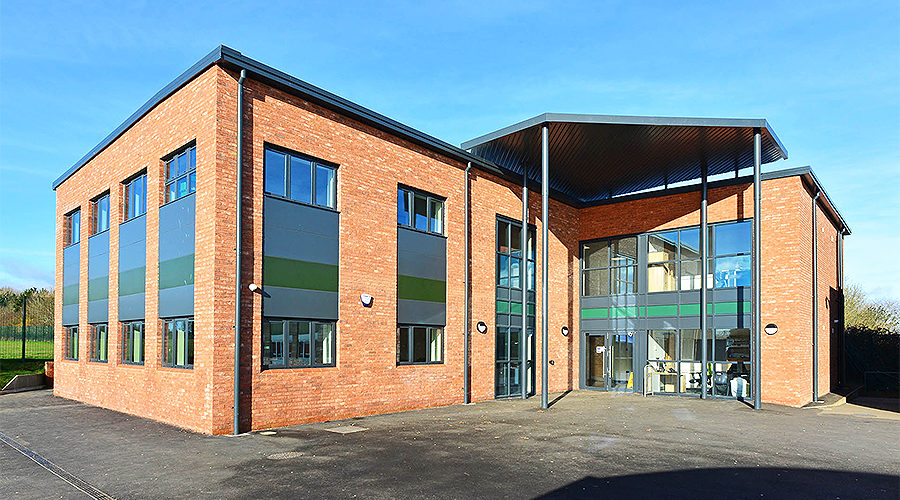Concerns have arisen about the safety of certain UK school buildings with Reinforced Autoclaved Aerated Concrete (RAAC). Immediate action is essential to ensure student and staff safety. The Department for Education (DfE) guidance mandates restricted access to RAAC areas, prompting potential school closures and urgent action upon reopening. Ben Wernick CEng FICE, Managing Director of Wernick Buildings, explores further.
Wernick Buildings
In today’s evolving landscape, adaptability is crucial. Traditional construction falls short due to limitations and slower speeds. Modular buildings offer transformative solutions, significantly reducing construction timelines. For schools facing closures due to poor conditions, modular buildings provide swift, secure settings for efficient return.
Modular construction is less disruptive, ensuring uninterrupted learning. It saves time and costs, with controlled environments reducing waste and weather-related delays.Modular buildings are easily reconfigured, saving long-term costs.
Wernick’s modular construction emphasises safety, with stringent quality control for structural integrity and fire resistance. Durability for transportation strengthens building components.
Modular buildings cater to educational needs, offering well-lit, customisable classrooms with modern amenities, including special educational needs. Services include groundwork and landscaping solutions.
Responding to rising demand for flexible learning spaces, educational institutions expand capacity with modular buildings, accommodating growing student populations. Adaptability ensures a sustainable investment for the future.
Modular construction: A safer alternative
Wernick’s modular construction stands out in various aspects when it comes to guaranteeing safety, especially when it comes to the safety of students. In contrast to conventional construction methods, modular buildings are manufactured in controlled factory settings, following stringent quality control procedures. Consequently, safety precautions, including structural integrity and fire resistance, are thoroughly evaluated and incorporated during the manufacturing phase. Additionally, since modular structures are intended for transportation and onsite installation, they necessitate stronger and more resilient building components to endure the stresses of transportation. This heightened emphasis on durability provides extra confidence in the structural reliability of modular buildings.
Why consider a modular building?
Whether you’re a nursery or a university, modular buildings are designed to cater to the unique requirements of your educational space. These buildings offer well-lit classrooms, heating and air-conditioning, all customisable to suit your specific needs. Modular buildings can offer expertise that extends to delivering both permanent and specialised facilities, including classrooms designed for students with special educational needs, either as standalone schools or extensions to existing structures. A modular build also offers a range of modern teaching resources and amenities, helping you maximise your space’s potential. Additionally, our comprehensive services encompass groundwork and landscaping solutions, from constructing car parks and multi-purpose sports areas to playgrounds.
In response to the growing demand for flexible and cost-effective learning spaces, educational institutions can utilise modular buildings to swiftly expand their capacity. Modular classrooms, libraries and other learning areas seamlessly integrate into existing campuses, accommodating the rising student population without causing disruption. These structures are adaptable and can be easily reconfigured or relocated as educational leads evolve, ensuring a sustainable investment for the future of your school.








